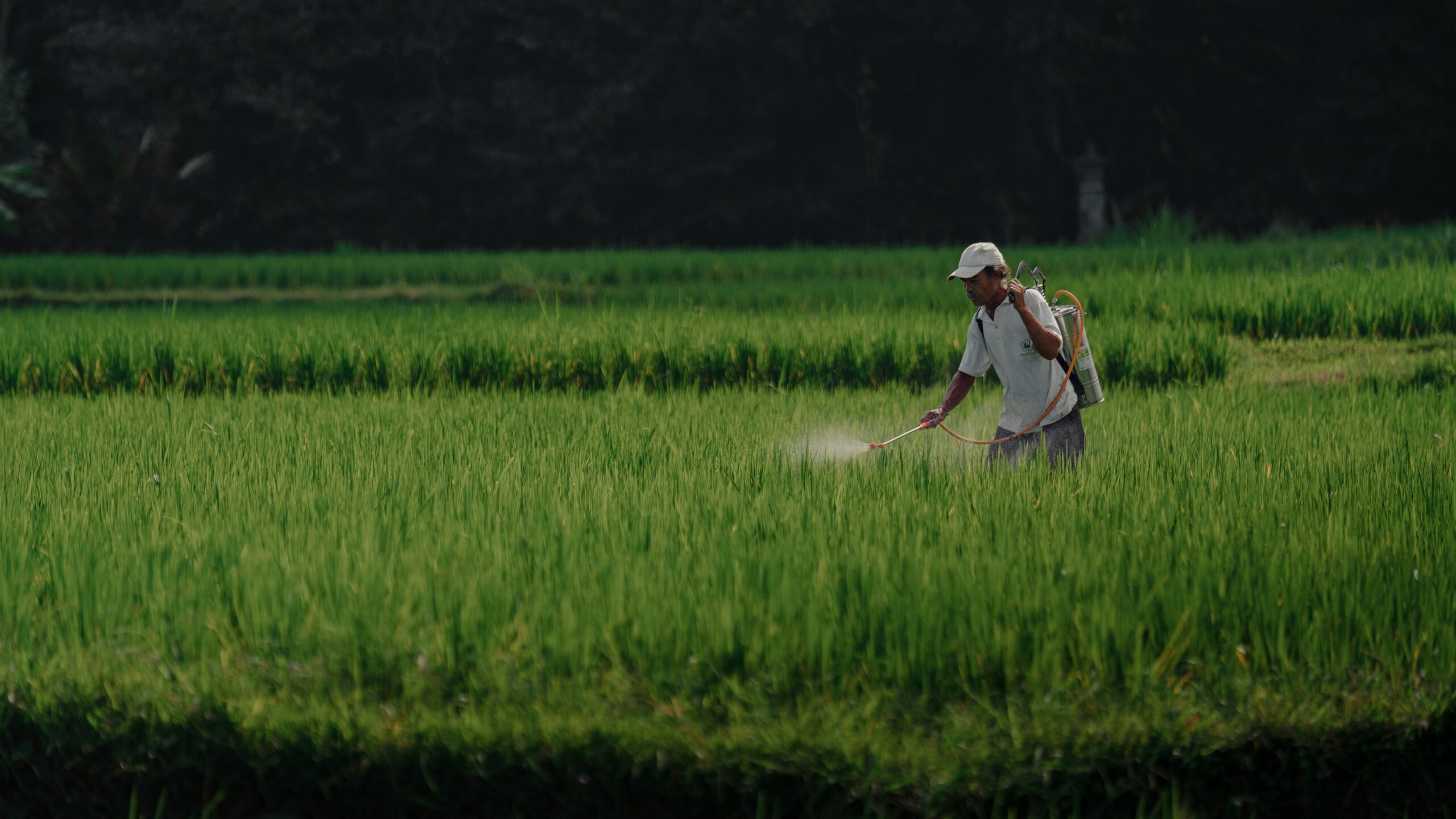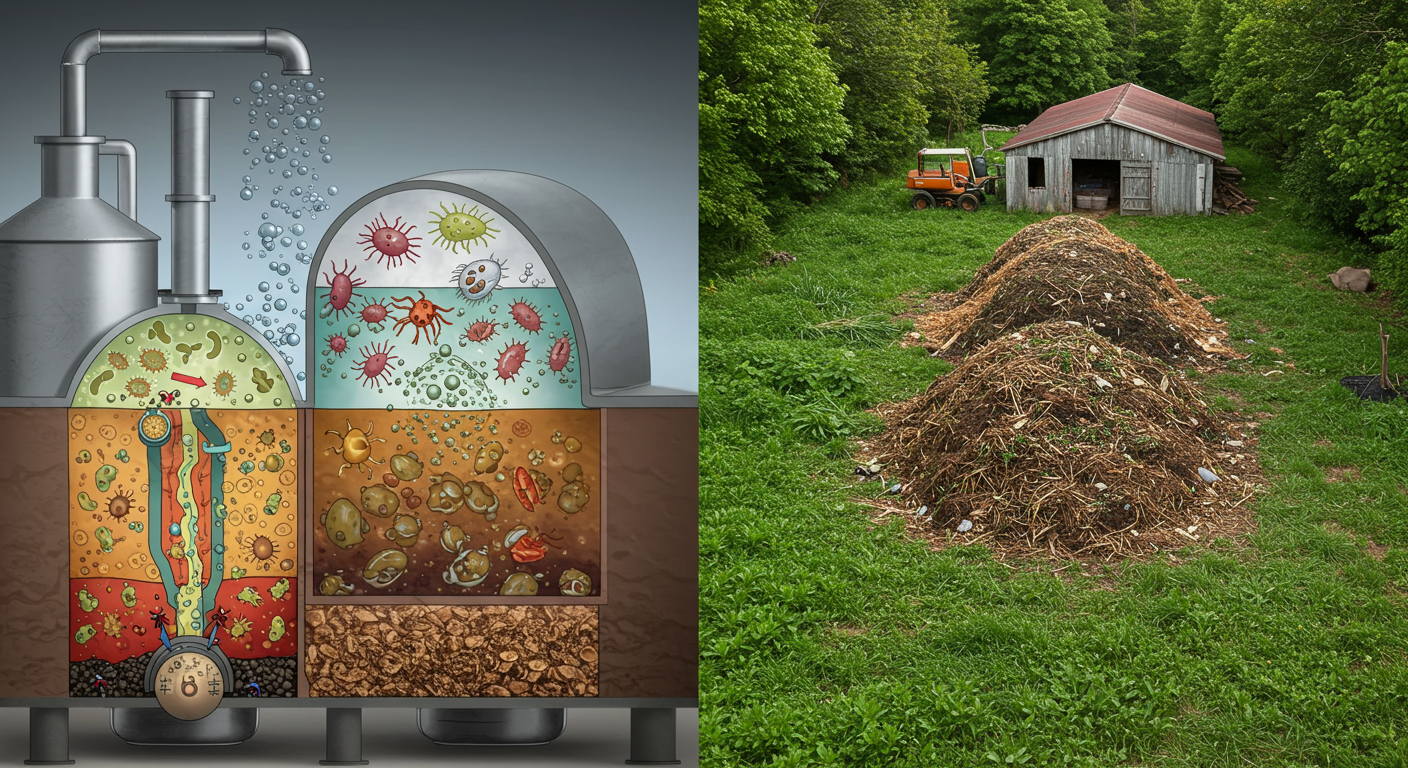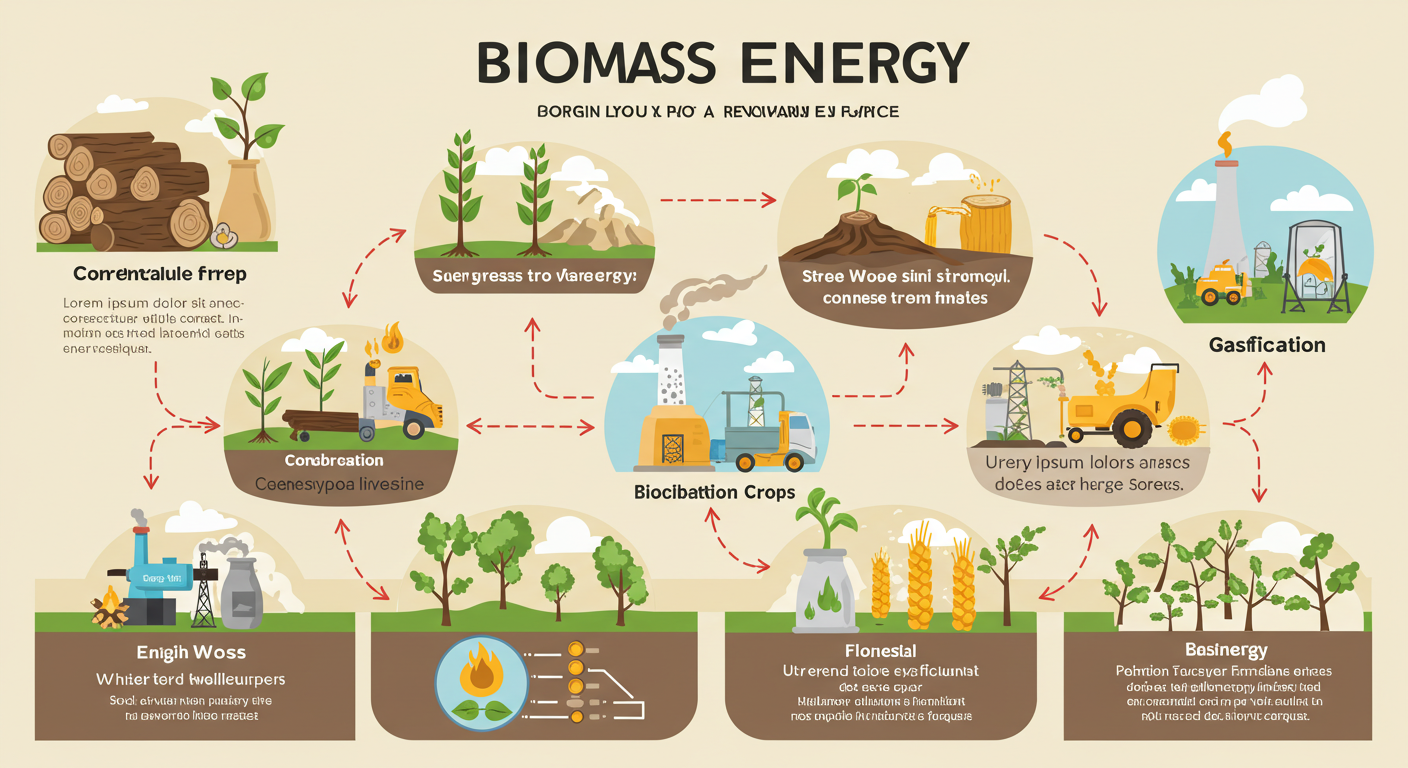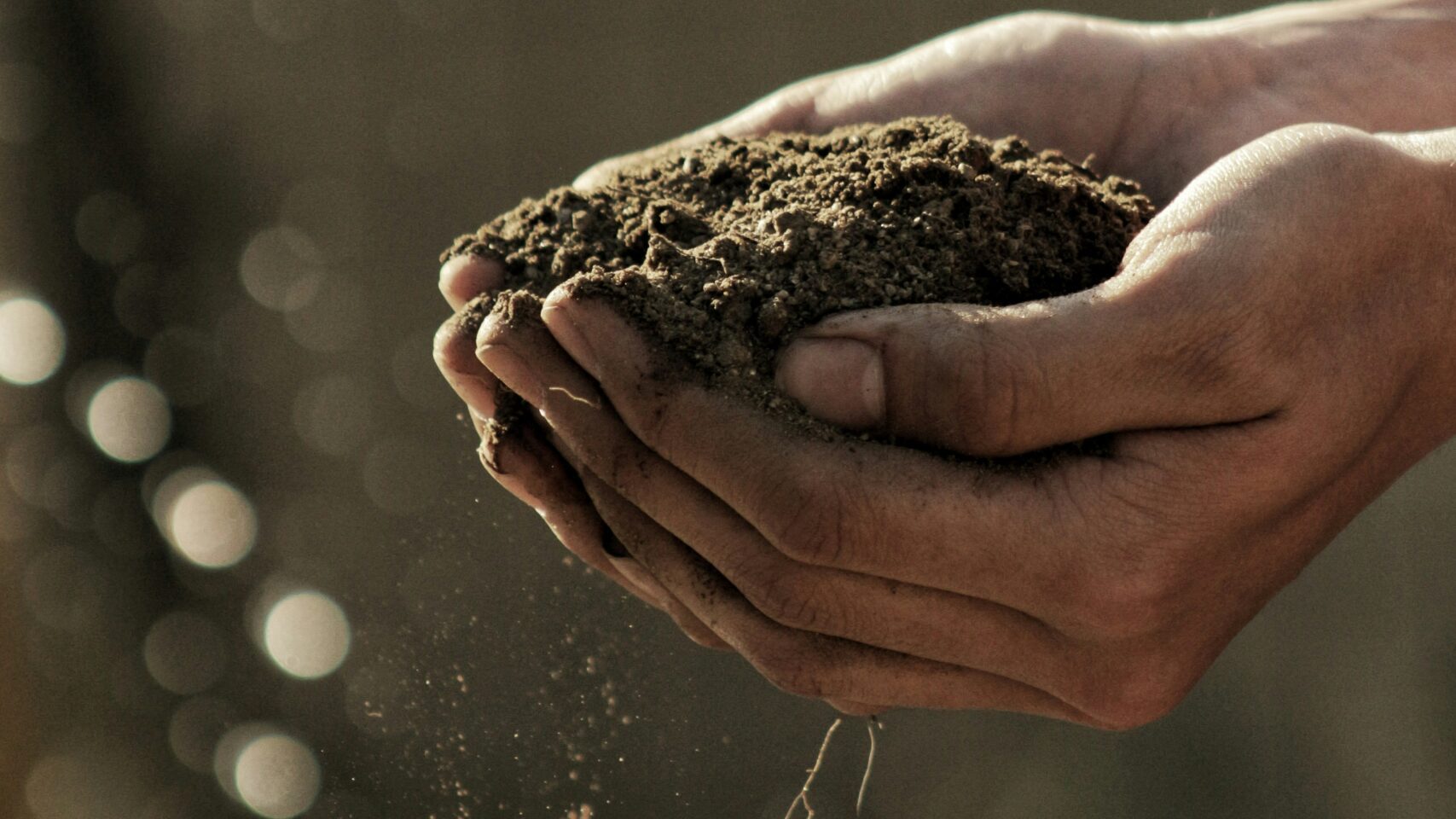Introduction to Sustainable Rice Cultivation
Sustainable practices for rice cultivation are gaining immense importance as the global food demand surges, along with environmental concerns. By adopting modern techniques, farmers can enhance productivity while minimizing their ecological footprint.
Key Sustainable Practices
1. Crop Rotation: This method involves alternating rice with other crops, which can improve soil health and reduce pest infestations. By diversifying crops, farmers can maintain nutrient levels and promote a balanced ecosystem.
2. Water Management: Efficient irrigation practices, such as alternate wetting and drying (AWD), can significantly reduce water usage. This method allows rice paddies to dry out periodically, which not only conserves water but also minimizes methane emissions.
3. Integrated Pest Management (IPM): Utilizing natural predators and environmentally friendly pesticides can help control pests effectively without harming beneficial insects or pollinators. This approach supports both ecological balance and crop yields.
Benefits of Sustainable Practices
Implementing sustainable practices in rice cultivation provides numerous benefits. Enhanced biodiversity, improved soil fertility, and better water conservation are just a few outcomes. Additionally, these practices can lead to higher crop resilience against climate change, ensuring food security for future generations.
In conclusion, embracing sustainable practices for rice cultivation is not just a necessity but a responsibility towards our planet. By making conscious choices, farmers can produce healthier rice while safeguarding the environment.





